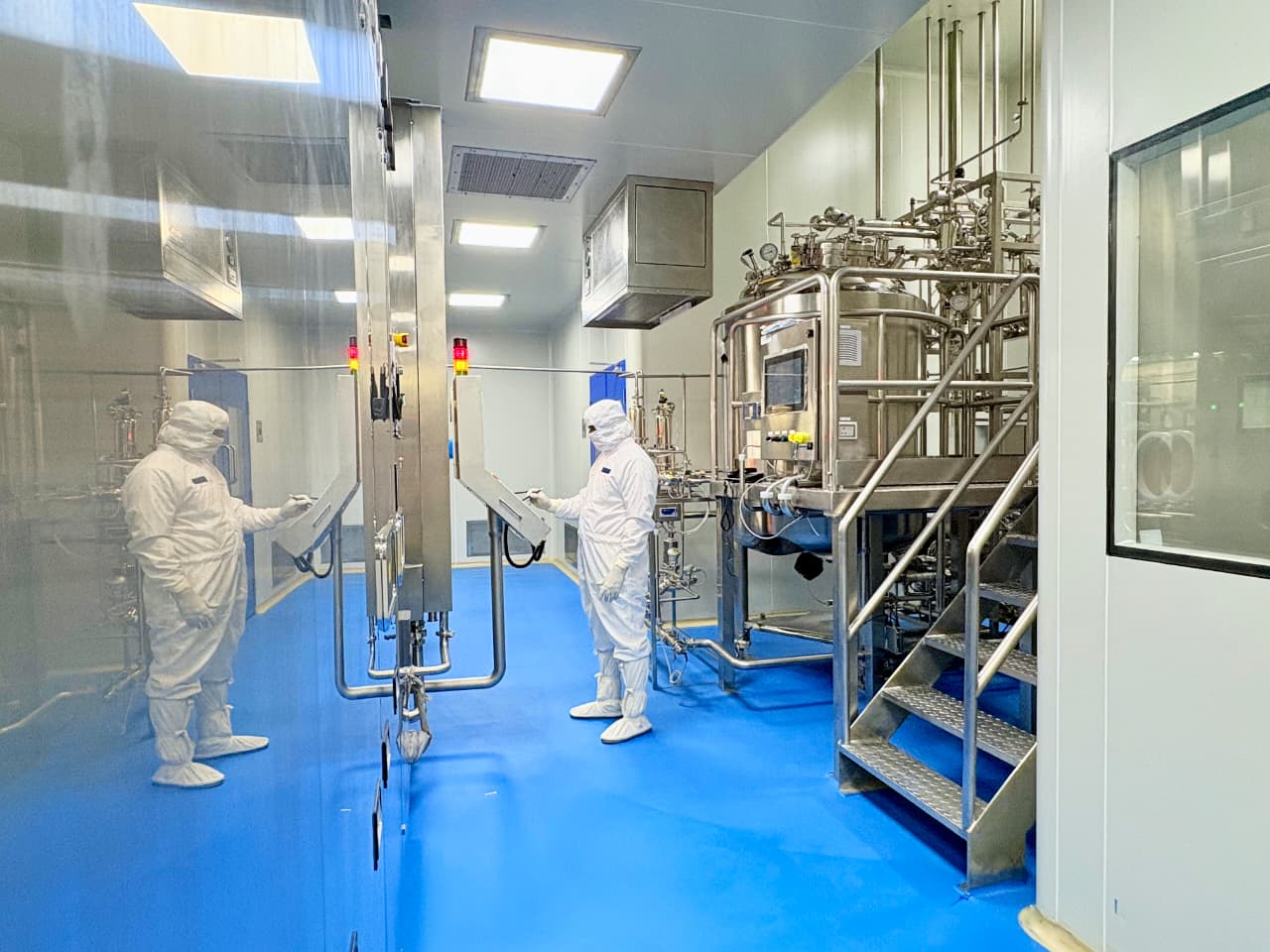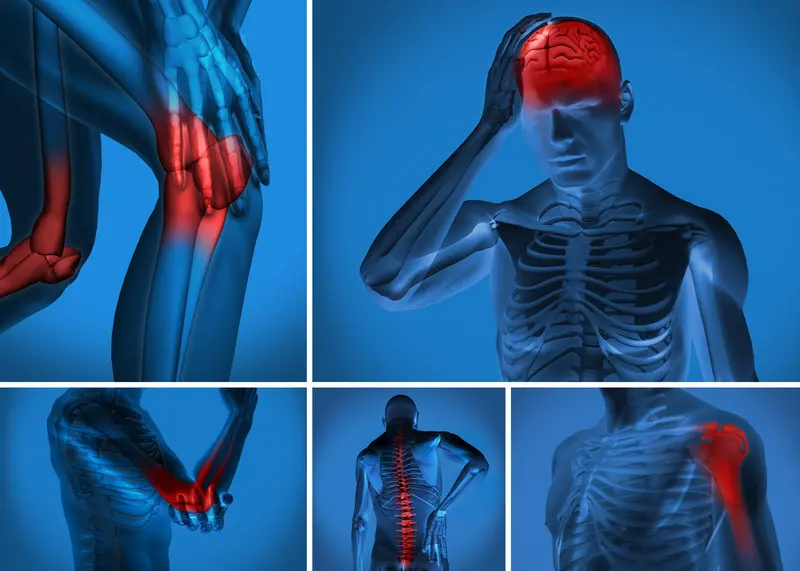Chandipur: The Defence Research and Development Organisation (DRDO) has achieved a significant milestone by successfully completing six consecutive developmental trials of the High-Speed Expendable Aerial Target (HEAT) ‘ABHYAS’ with an improved booster configuration. These trials were conducted at the Integrated Test Range (ITR) in Chandipur, Odisha, marking a total of 10 successful developmental trials, thereby demonstrating the system’s reliability.
The latest trials featured enhancements in Radar Cross Section, Visual, and Infrared augmentation systems. During the trials, various mission objectives, including the safe release of the booster, launcher clearance, and endurance performance, were successfully validated. Notably, two launches were conducted back-to-back within a 30-minute interval, showcasing the system’s operational efficiency and minimal logistical requirements. Representatives from the Services were present to witness the flight trials.
ABHYAS, designed by DRDO’s Aeronautical Development Establishment in Bengaluru and developed in collaboration with Hindustan Aeronautics Limited (HAL) and Larsen & Toubro, offers a realistic threat scenario for weapon systems practice. This indigenous system is equipped for autonomous flying with an auto pilot and features a laptop-based Ground Control System for aircraft integration, pre-flight checks, and autonomous flight. It also includes capabilities for recording data during flight for post-flight analysis. The booster for ABHYAS has been designed by the Advanced Systems Laboratory, and the navigation system by the Research Centre Imarat. With identified production agencies, ABHYAS is now ready for mass production.
Raksha Mantri Rajnath Singh lauded DRDO, the Armed Forces, and the Industry for the successful developmental trials of ‘ABHYAS’. He highlighted that these successful tests are a noteworthy testament to the synergy between scientists and the industry.





